The Classic American Western As Emblem of Historic American Culture
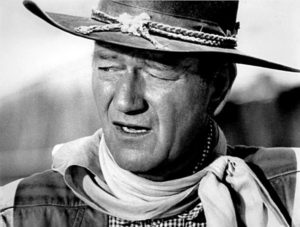 December 21, 2017 ~ Since the beginning of the twentieth century one of the newer art forms and expressions of our culture has been cinema – “motion pictures.” It was the novelty of live theater and acting captured as moving images in film and presented on a screen. In many respects, like other art forms, film represents what is happening in our culture. At its very finest it is capable of shining a vivid light on our beliefs and values, portraying them, dissecting them, and, like other art forms, it may be used as an instrument to affect or even shape our outlook and our politics. Continue reading
December 21, 2017 ~ Since the beginning of the twentieth century one of the newer art forms and expressions of our culture has been cinema – “motion pictures.” It was the novelty of live theater and acting captured as moving images in film and presented on a screen. In many respects, like other art forms, film represents what is happening in our culture. At its very finest it is capable of shining a vivid light on our beliefs and values, portraying them, dissecting them, and, like other art forms, it may be used as an instrument to affect or even shape our outlook and our politics. Continue reading

 I recently wrote about one of my favorite movies – “Mr. Smith Goes to Washington” – noting that its message seems more relevant to our times than when it was first released. After penning that article, I pulled the movie out for a re-watch and found that yes, “Mr. Smith” rings even more true for our time than I remembered.
I recently wrote about one of my favorite movies – “Mr. Smith Goes to Washington” – noting that its message seems more relevant to our times than when it was first released. After penning that article, I pulled the movie out for a re-watch and found that yes, “Mr. Smith” rings even more true for our time than I remembered.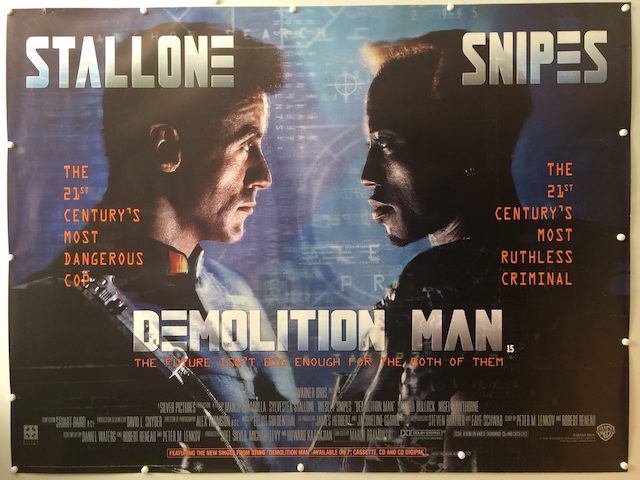 Sylvester Stallone’s 90s movie Demolition Man featured a star-studded cast and was a huge hit with viewers at the time.
Sylvester Stallone’s 90s movie Demolition Man featured a star-studded cast and was a huge hit with viewers at the time. For membership in the pantheon of iconic, climactic movie lines, you’ll find a few obvious contenders, like Rhett Butler’s “Frankly, my dear, I don’t give a damn” and Rick Blaine’s “Louis, I think this is the beginning of a beautiful friendship.” But few can match Charlton Heston’s immortal warning at the end of a film released fifty years ago, Soylent Green. (If you know it already, or even if you don’t . . . read on!)
For membership in the pantheon of iconic, climactic movie lines, you’ll find a few obvious contenders, like Rhett Butler’s “Frankly, my dear, I don’t give a damn” and Rick Blaine’s “Louis, I think this is the beginning of a beautiful friendship.” But few can match Charlton Heston’s immortal warning at the end of a film released fifty years ago, Soylent Green. (If you know it already, or even if you don’t . . . read on!) 
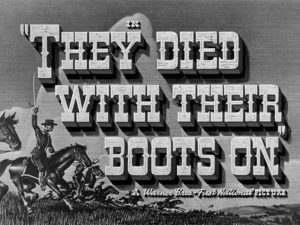 Like me, many of you may have seen the decades old movie about George Armstrong Custer titled “They Died With Their Boots On.” If I remember correctly, in the movie, Custer said the Seventh Cavalry was being “sacrificed” in order to give reinforcements time to get there so they could wipe you those nasty Indians. While such drivel was great for the movies, historically it was balderdash. But then, who expects truth out of Hollyweird anyway?
Like me, many of you may have seen the decades old movie about George Armstrong Custer titled “They Died With Their Boots On.” If I remember correctly, in the movie, Custer said the Seventh Cavalry was being “sacrificed” in order to give reinforcements time to get there so they could wipe you those nasty Indians. While such drivel was great for the movies, historically it was balderdash. But then, who expects truth out of Hollyweird anyway? The prime beneficiaries of Prohibition were gangsters, and the prime beneficiaries of gangsters were the Hollywood filmmakers who, in the late nineteen-twenties and early thirties, turned them into some of the most enticingly lurid characters ever seen in movies. The real-life gangster
The prime beneficiaries of Prohibition were gangsters, and the prime beneficiaries of gangsters were the Hollywood filmmakers who, in the late nineteen-twenties and early thirties, turned them into some of the most enticingly lurid characters ever seen in movies. The real-life gangster 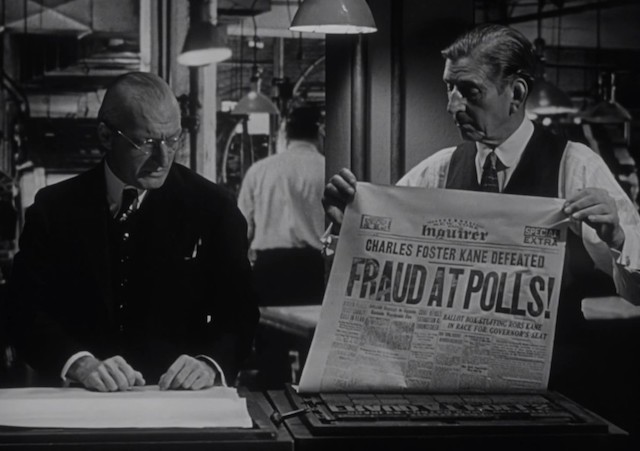

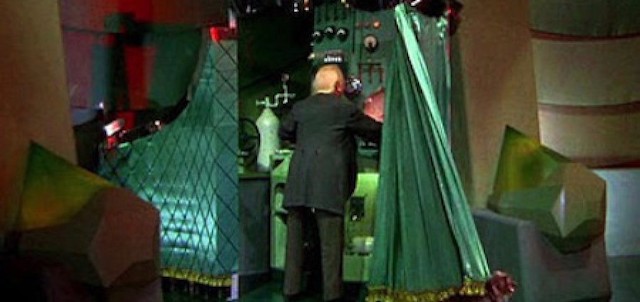
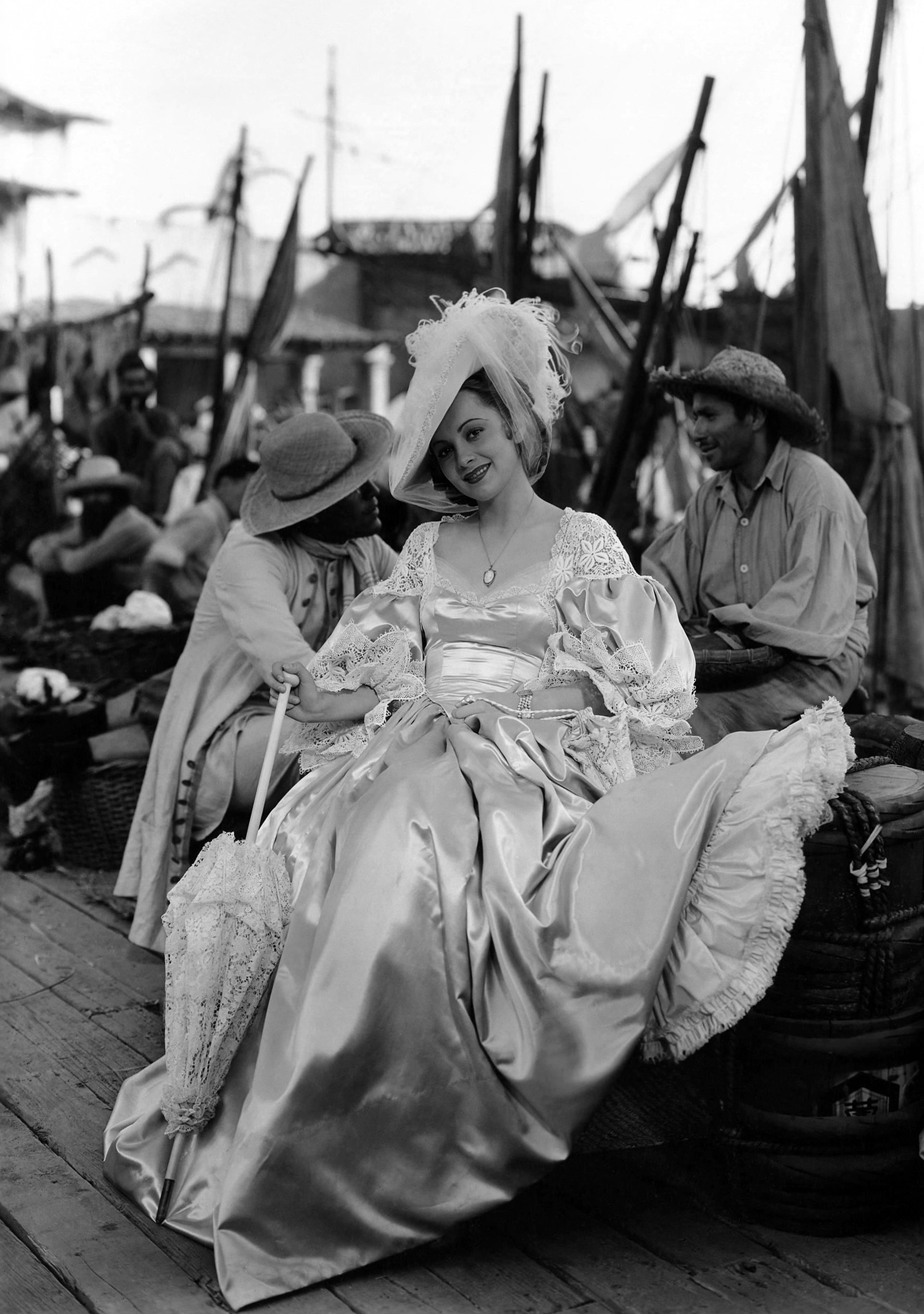

 February 1, 2009
February 1, 2009
 In a search for movies considered classics, I came across the 1927 film, Metropolis. Not knowing what to expect, I was nevertheless interested to know why it was a famous classic of silent film. In watching it, I soon realized why. The film is a work of outstanding artistry. It projects a future reality given the date of 2028. Not at all like modern movies, it is simply a piece of stunning artwork and theater made on film. The skillful and amazing visuals are difficult to describe and have to be seen. They present the mechanical detail of futuristic industrial scenes and activity with intricate beauty that feels astounding. The imaginative cityscape is also a beautiful piece of artwork. The story is accompanied by wonderful background music which is a treat in itself. I think others have written of these aspects more fully than I can here. What I would like to address in particular is its religious aspect.
In a search for movies considered classics, I came across the 1927 film, Metropolis. Not knowing what to expect, I was nevertheless interested to know why it was a famous classic of silent film. In watching it, I soon realized why. The film is a work of outstanding artistry. It projects a future reality given the date of 2028. Not at all like modern movies, it is simply a piece of stunning artwork and theater made on film. The skillful and amazing visuals are difficult to describe and have to be seen. They present the mechanical detail of futuristic industrial scenes and activity with intricate beauty that feels astounding. The imaginative cityscape is also a beautiful piece of artwork. The story is accompanied by wonderful background music which is a treat in itself. I think others have written of these aspects more fully than I can here. What I would like to address in particular is its religious aspect.  The Thirty-Nine Steps – A novel.
The Thirty-Nine Steps – A novel.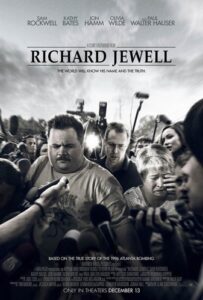 Richard Jewell, the film, is a perfect analogy for what the FBI and DOJ have done to President Trump, Michael Flynn, Carter Page, George Papadopoulos, and the American people.
Richard Jewell, the film, is a perfect analogy for what the FBI and DOJ have done to President Trump, Michael Flynn, Carter Page, George Papadopoulos, and the American people.